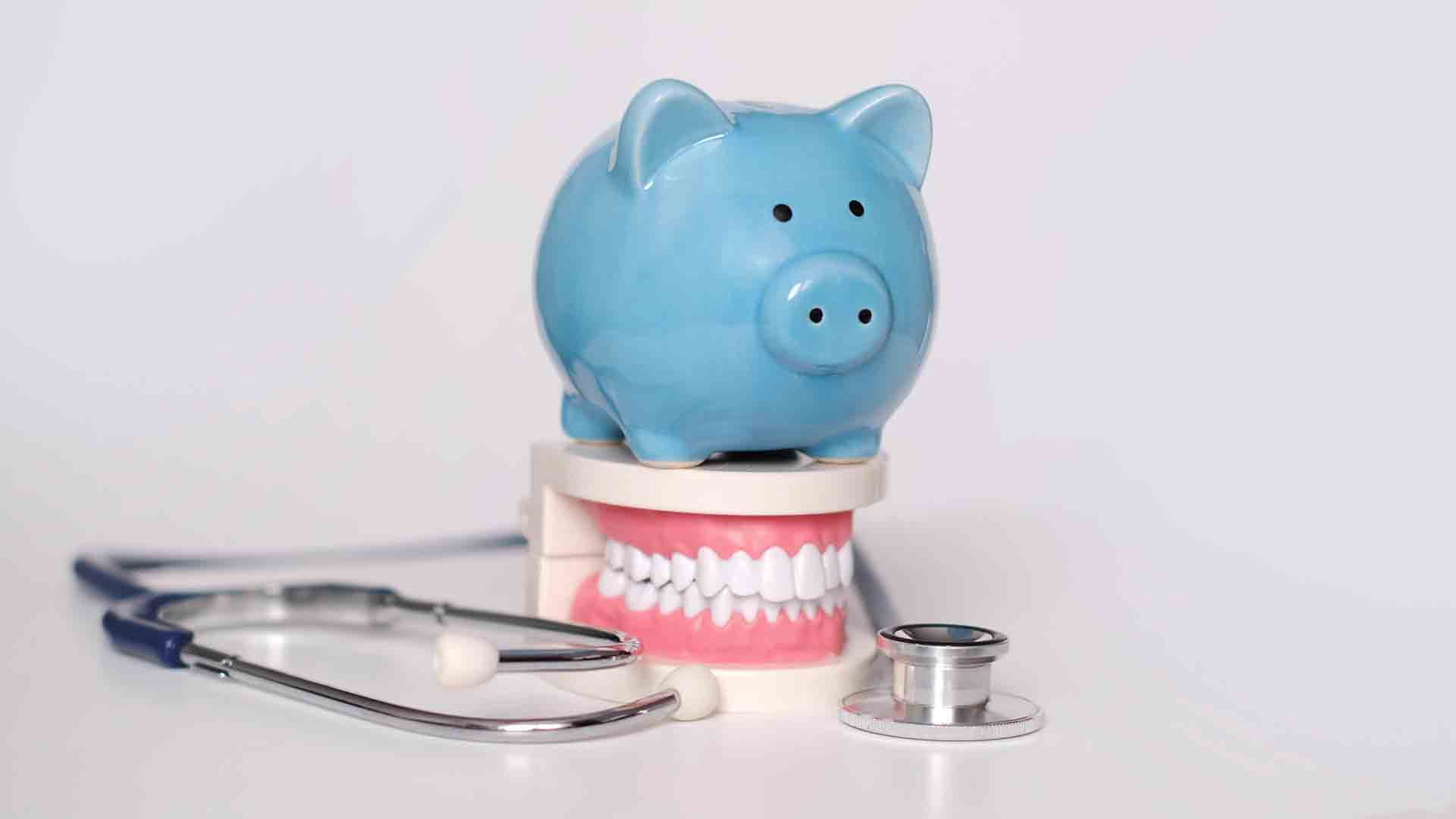Cash Flow Management Tips for Dental Practices

Imagine this, your chairs are full, your team is busy, and patients are leaving with bright smiles. Yet, when it’s time to pay staff, order supplies, or cover rent, there’s a moment of stress wondering if the account balance will stretch far enough. This is a common challenge for many dentists and practice owners. The problem is not always lack of patients, it’s how money flows in and out of the business.
That’s why these cash flow management tips for dental practices are so important. With the right steps, you can turn financial uncertainty into confidence, knowing your practice is prepared for anything.
Why Cash Flow is the Heartbeat of Your Dental Practice
Cash flow works like your practice’s heartbeat. When it’s steady, everything runs smoothly, bills get paid, staff stays happy, and growth feels natural. When it’s irregular, even the busiest schedule can feel overwhelming.
Building a habit of reviewing your cash flow statement regularly gives you clarity about what’s really happening behind the scenes, helping you make informed decisions before small hiccups become big setbacks.
Spotting Cash Flow Problems Early
The earlier you catch cash flow problems, the easier they are to fix and the less stress they cause. Small warning signs can quickly turn into major issues if left unchecked, so keeping an eye on your numbers is key.
Here are some red flags to watch for:
- Revenue looking strong but money still feels tight: This often means your cash is getting stuck either in unpaid invoices, uncollected copays, or inefficient billing processes.
- Difficulty covering overhead costs: If paying rent, payroll, or supply bills feels stressful month after month, it’s a sign your cash flow is out of balance and needs immediate attention.
To stay ahead of these problems, financial experts recommend creating a simple monthly cash flow forecast. This lets you spot patterns, predict upcoming dips or spikes, and take action before you’re in a crunch. Even a basic spreadsheet that tracks money coming in and going out can help you plan smarter and avoid unpleasant financial surprises.
Smart Ways to Improve Your Dental Practice’s Cash Flow
Here are practical strategies to keep your practice financially healthy:
1. Streamline Billing and Collections
Make it easy for patients to pay. Offer payment plans, accept credit cards, and set up automated reminders so bills never slip through the cracks.
2. Control Overhead Costs
Review every recurring expense. Negotiate with suppliers, cancel unused subscriptions, and buy in bulk when it makes sense. Small savings add up quickly.
3. Regularly Review Financials
Block time each month to review your cash flow statement. Compare it with your expectations so you can spot unusual dips or delays early.
4. Diversify Revenue Streams
Introduce services like whitening treatments, retainers, or wellness membership plans. This creates a steady revenue stream and cushions your practice during slower months.
5. Plan for Slow Seasons
Use your past data to predict slow periods and set aside funds. Having a small reserve prevents last-minute financial stress.
Why Cash Flow is King in Dentistry
When your cash flow is healthy, you gain the freedom to truly run your practice on your terms. A strong and predictable cash flow allows you to confidently invest in modern dental technology, upgrade equipment, and create a more comfortable experience for your patients. It also gives you the ability to hire and retain talented staff, reward your team for their hard work, and maintain a positive workplace culture.
Healthy cash flow doesn’t just impact your balance sheet, it impacts your peace of mind. Knowing that your practice is financially stable allows you to focus on what matters most: delivering excellent patient care. You spend less time worrying about paying bills or chasing late payments and more time building patient relationships and planning for future growth.
When your practice operates with strong cash flow, you lead with confidence, your team feels secure, and your patients notice the difference in the care they receive.
FAQs on Cash Flow for Dental Practices
Q1: How can I improve cash flow in my dental practice quickly?
Speed up collections, offer payment options, and reduce overhead expenses.
Q2: How often should I review my cash flow statement?
Monthly reviews work best. They help you stay in control and make better financial choices.
Q3: What’s the best way to avoid cash flow problems?
Stick to a budget, track spending, and maintain an emergency fund.
Take Control of Your Practice’s Future
By mastering Cash Flow Management Tips for Dental Practices, you can create a stable foundation that supports growth, reduces stress, and allows you to focus on what you love.
Ready to make it happen? Partner with PLG’s dental practice management experts and start building a smarter, stronger financial plan today. Let us handle the numbers so you can keep creating healthy smiles.
Must Read
Loading...
